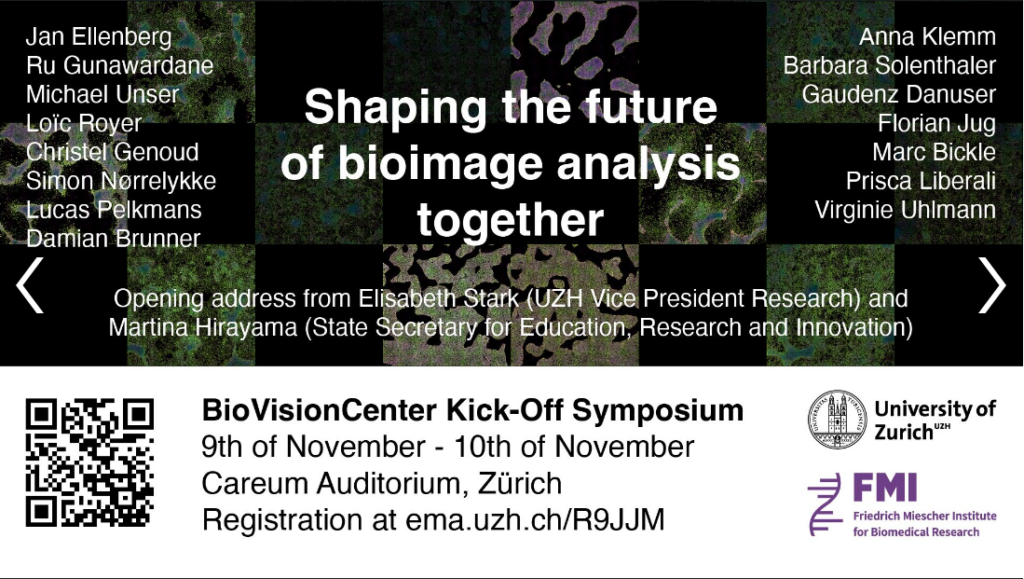A new imaging center is opening in Zürich. The BioVisionCenter is co-founded by the Friedrich Miescher Institute and the University of Zurich, dedicated to all activities related to computer vision and advanced processing of complex bioimage datasets.
the kick-off symposium is free of charge.
https://www.biovisioncenter.uzh.ch/en.html



